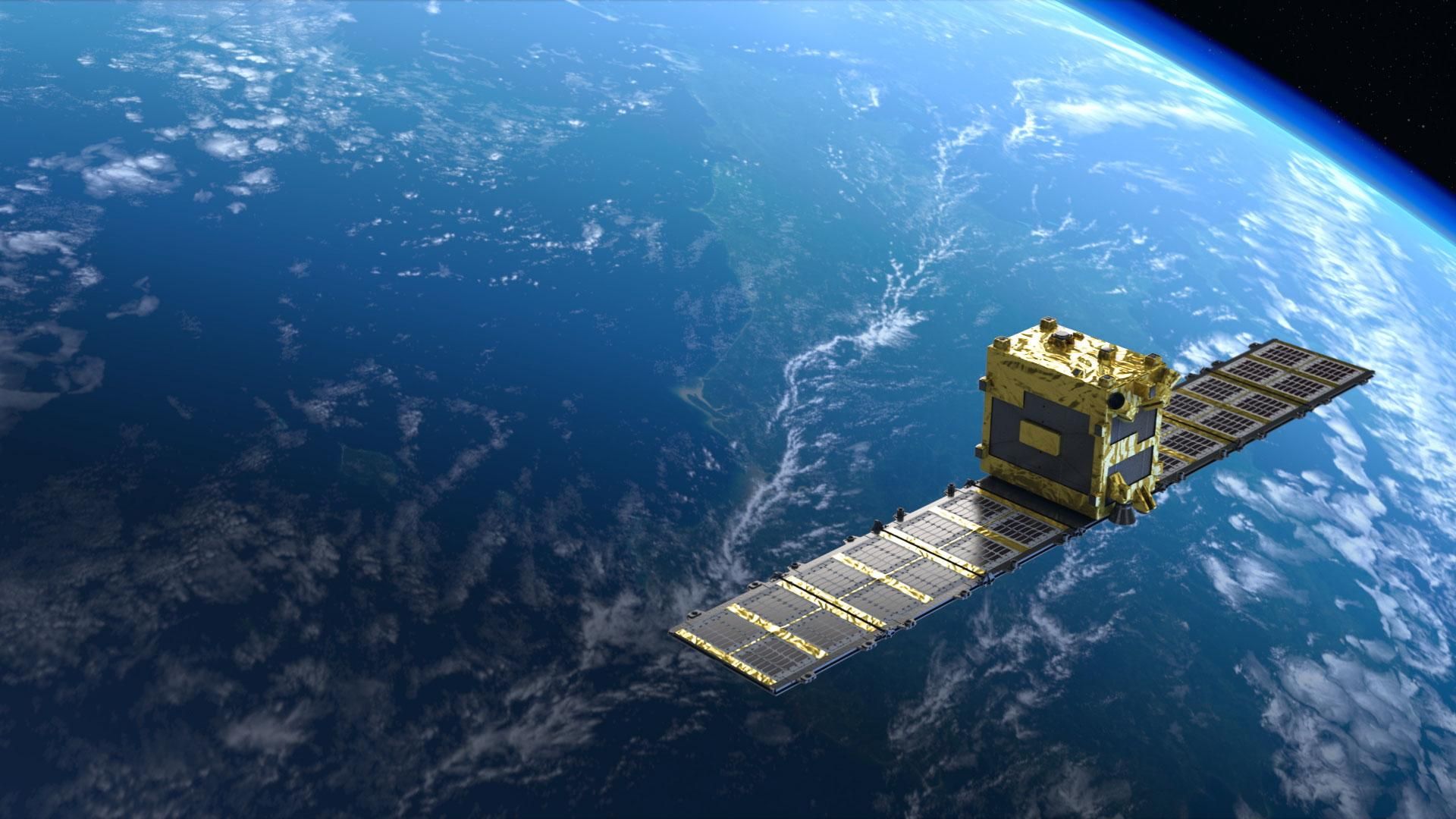Synthetic Aperture Radar
Synthetic aperture radar (SAR) is a powerful remote sensing technology that can be used to create high-resolution images of the Earth’s surface. SAR is an active sensor, which means that it emits its own energy and then measures the reflection of that energy off the Earth’s surface. This makes SAR a very versatile tool that can be used to image the Earth in all weather conditions, day or night.
How SAR Works
SAR works by sending out pulses of radar energy and then measuring the time it takes for the energy to return to the sensor. The time it takes for the energy to https://kynewsdesk.com return is determined by the distance between the sensor and the target. By measuring the time it takes for the energy to return from many different points on the Earth’s surface, SAR can create a high-resolution image of the target area.
SAR Applications
SAR has a wide range of applications, including:
- Environmental monitoring: SAR can be used to monitor deforestation, land cover change, and water pollution.
- Disaster mapping: SAR can be used to map the extent of disasters such as floods, earthquakes, and volcanic eruptions.
- Agriculture: SAR can be used to monitor crop health and water stress.
- Geology: SAR can be used to map geological features such as faults, fractures, and folds.
- Ice and snow monitoring: SAR can be used to monitor the extent and thickness of sea ice and snow cover.
- Oceanography: SAR can be used to study ocean currents, waves, and winds.
- Military applications: SAR can be used for reconnaissance, surveillance, and target tracking.
SAR Benefits
SAR has several benefits over other remote sensing technologies, including:
- High resolution: SAR can create images with very high spatial resolution, even in areas with poor visibility.
- All-weather capability: SAR can image the Earth in all weather conditions, day or night.
- Penetration of vegetation: SAR can penetrate vegetation, which makes it useful for imaging forested areas.
SAR Challenges
SAR also has some challenges, including:
- Complexity: SAR is a complex technology that requires a lot of processing power to create images.
- Cost: SAR systems are typically expensive to build and operate.
- Data volume: SAR systems generate a lot of data, which can be difficult to store and process.
Despite these challenges, SAR is a valuable tool for remote sensing and is used by scientists and researchers around the world. As SAR technology continues to develop, it is likely to become even more widely used in the future.

